Here are some very useful tips on keeping your beloved plants alive, leaf-pushing, and tendril kicking. Bringing a new plant across the threshold of your home can feel a little like having a new puppy or kitten in the home. It goes without saying that much less of a commitment is required, but don’t be so naïve as to thing that plants can be ignored. They require care and attention too – albeit, even if at a minimum. In addition to some basic love and care, they all need water.
As a new plant parent, the thing you need to pay attention to most, is the watering process: because too much or too little can spell the end for your little green friend. In reality, knowing the amount of water to bestow upon your plant takes a bit of experience and experimentation to figure out.
Based on rule of thumb of expert gardeners, we’ve distilled the subject into seven simple tips to help you succeed in your plant endeavor. Plants are like people, each one is different, so be sure to observe how your plant reacts. If you master this fundamental of plant care, you’ll be on your way to the next level of gardening in no time.
Watch the weather

Watering your potted plants about once a week should suffice when the weather is mild. When temperatures rise and get hotter, you’ll need to do it more often as warmer weather causes moisture to evaporate before your plants have a chance to use it.
Pay attention to the size of your plant
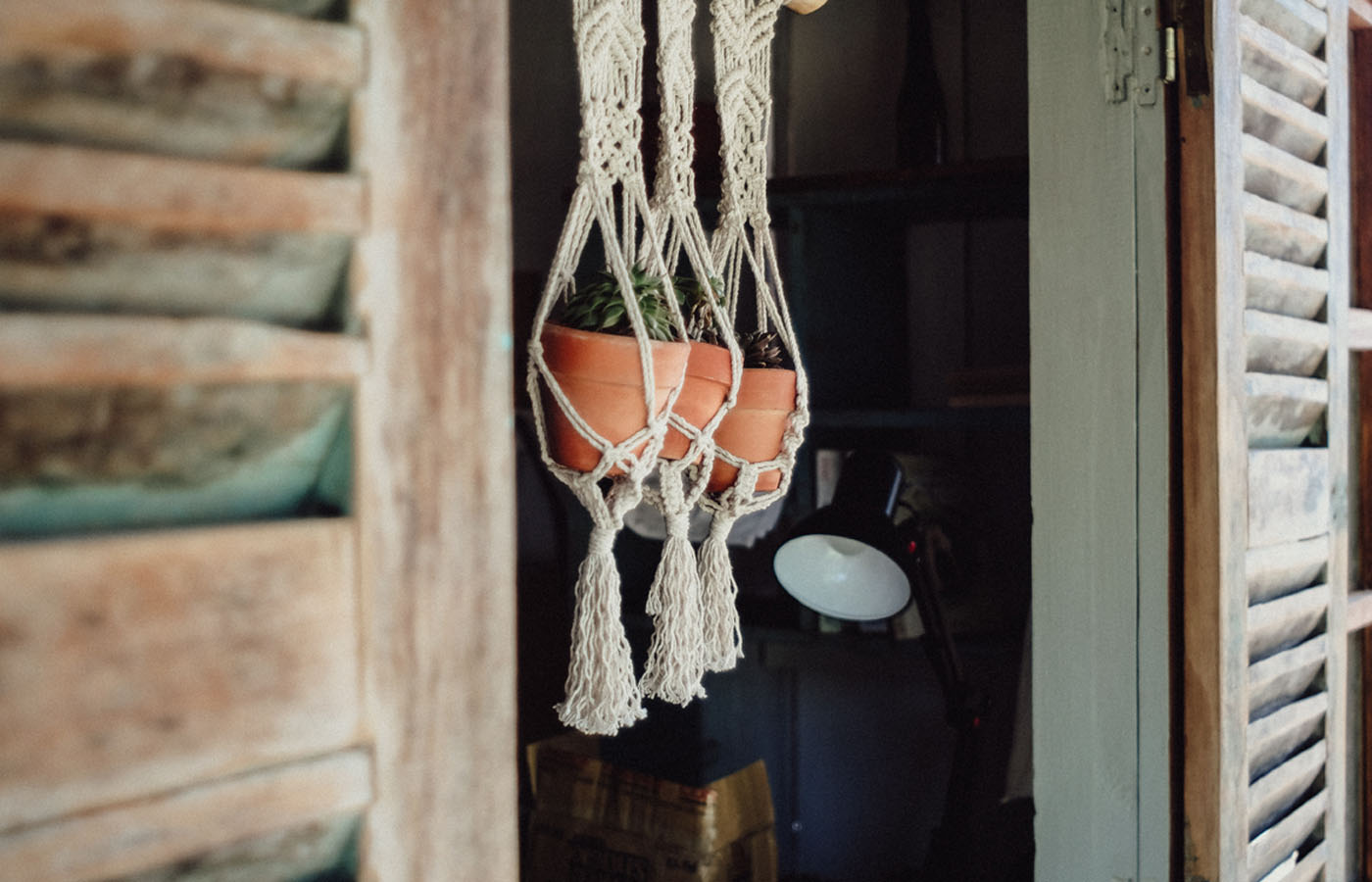
This may seem obvious, but larger plants will need more water than smaller ones. Plants in smaller pots or ones that hang, may need watered a couple of times throughout the day, whereas those in larger pots would need one time, but at the same time, larger pots hold more moisture.
Certain times of the day are better than others for watering
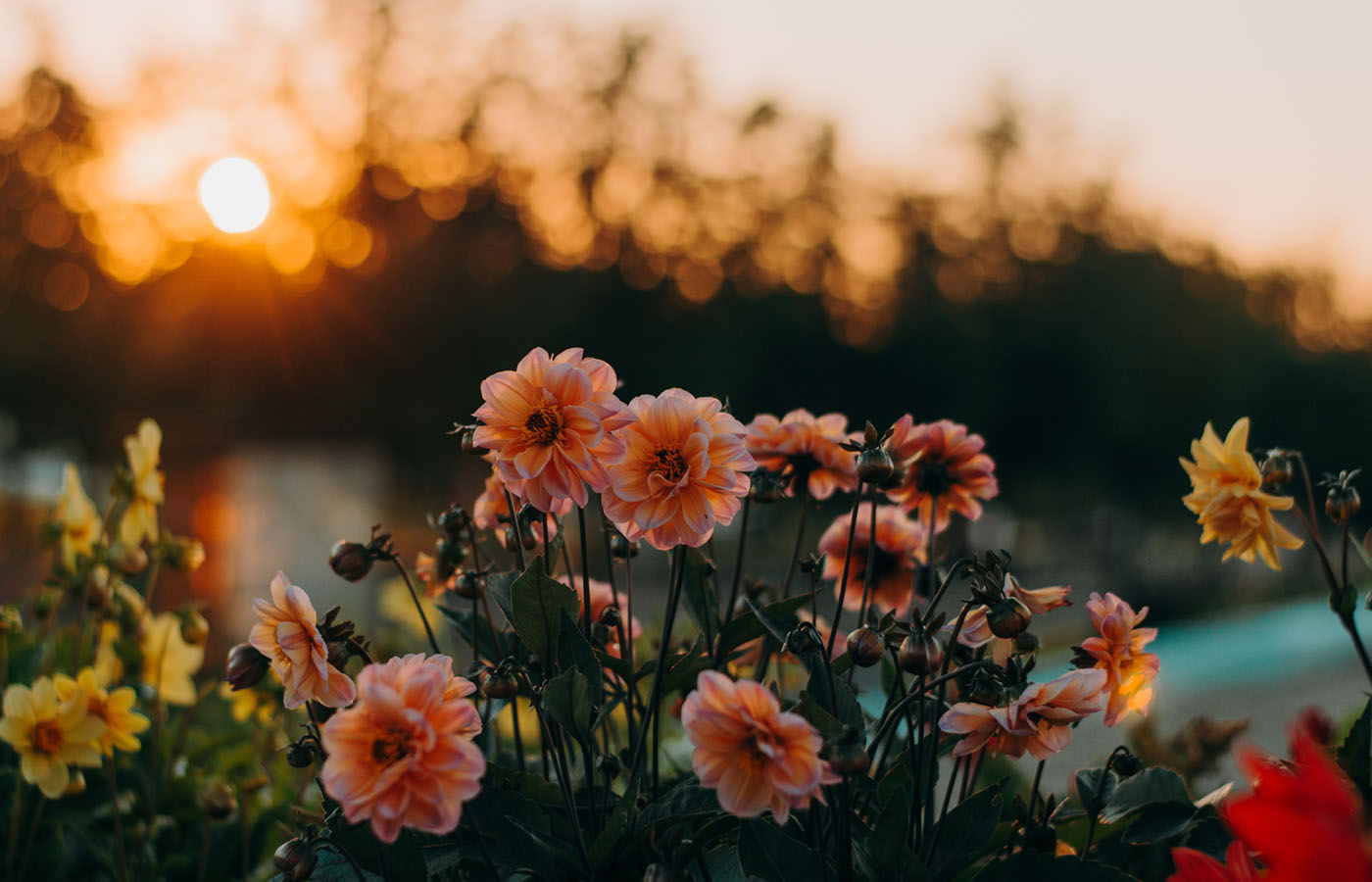
If a plant needs to be watered once during the day, stick with a consistent watering schedule of one time in the morning or the evening. Plants that need to be watered more often should be done in the morning and then again in the evening – try to space the watering apart in an even way.
Give them a sufficient amount of water
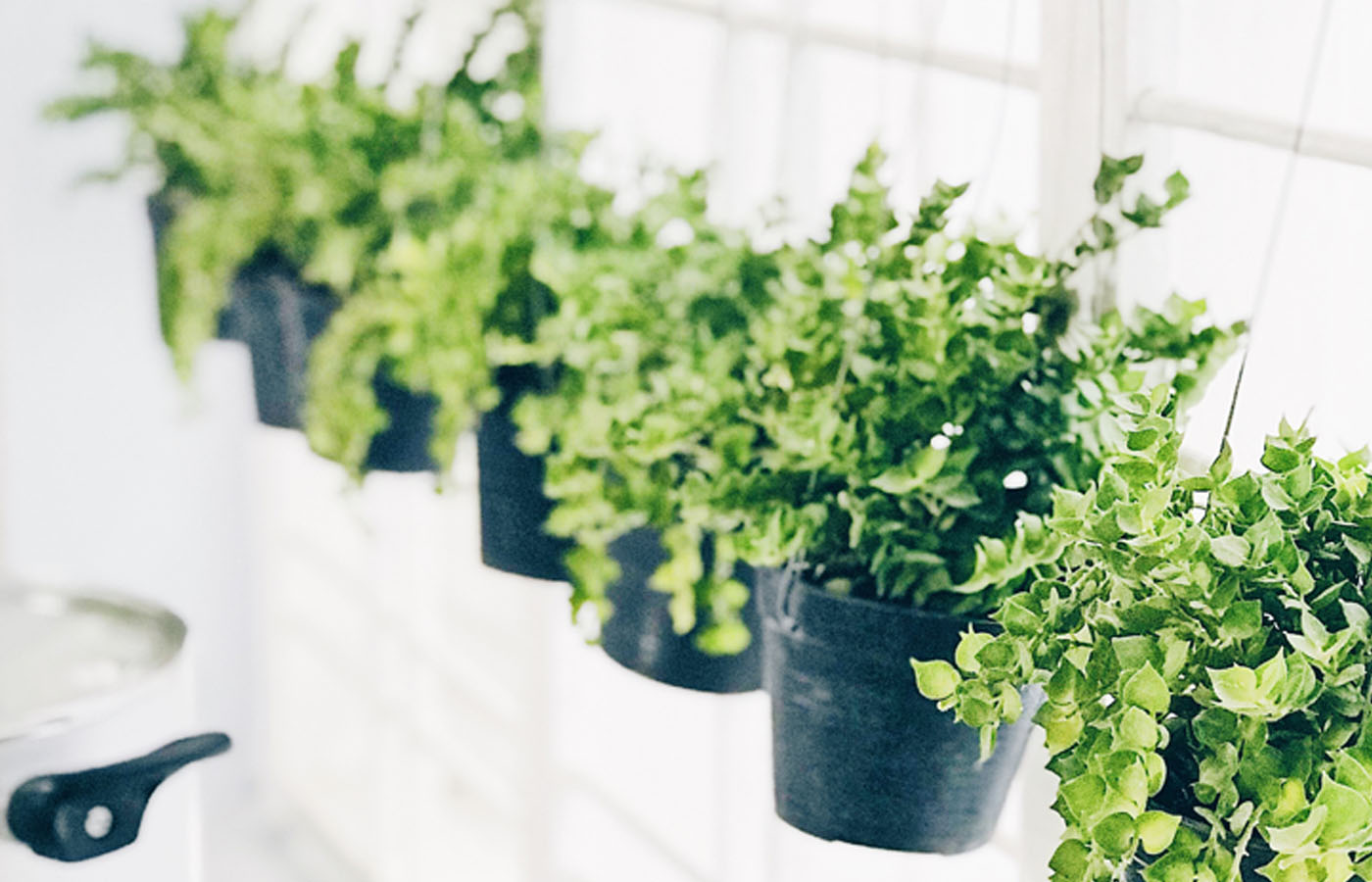
When watering a potted plant, you’ll want to continuing pouring water until you see it coming out of the drainage holes in the bottom (it’s best to use a pot with a drainage system, otherwise your plant could suffer from root rot). The roots of the plant are at the bottom and suck up the water like little straws. You want to be sure that the roots are getting enough moisture. But watch out! Don’t overdo it here as too much water can hurt the plant.
Water the soil, not the plant
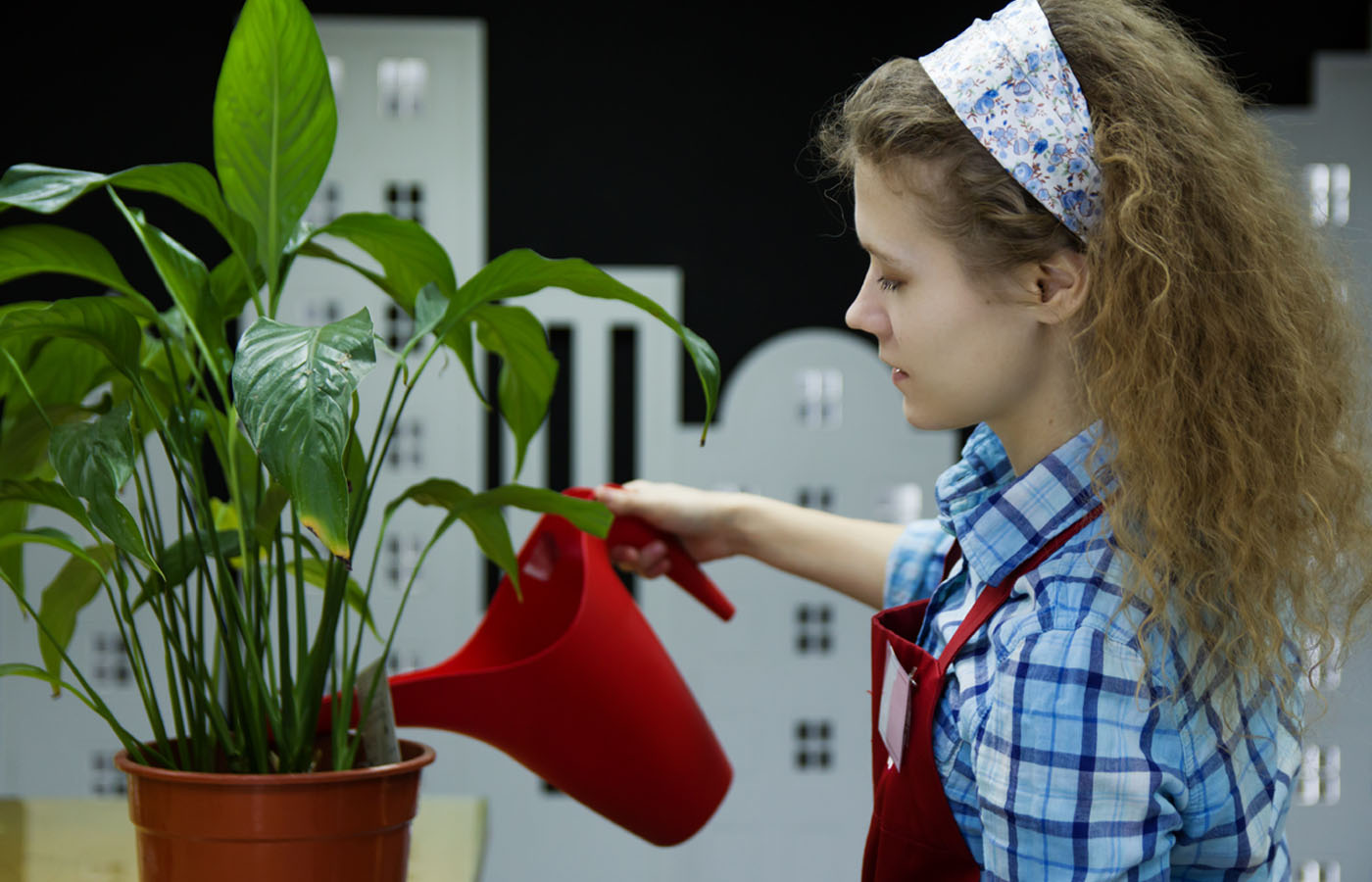
Be gentle when watering your plant by pouring the water around the base and onto the soil. Do not dump water over the plant leaves which can lead to disease and damage. Different watering heads are available too that disperse the water in a gentle and rain like natural way.
Keep calm, have patience, learn and adjust accordingly

If you see your precious green baby wilting under the heat of the day, it’s important to stay calm. Plant wilting is a self-defense mechanism that goes into action to prevent the roots form losing too much moisture. Add a little water and wait to see if the plant bounces back to full form by the end of the day. Based on this information, go from here and recognize that it may need either a little more water or more frequent waterings throughout the day.
Avoid overwatering
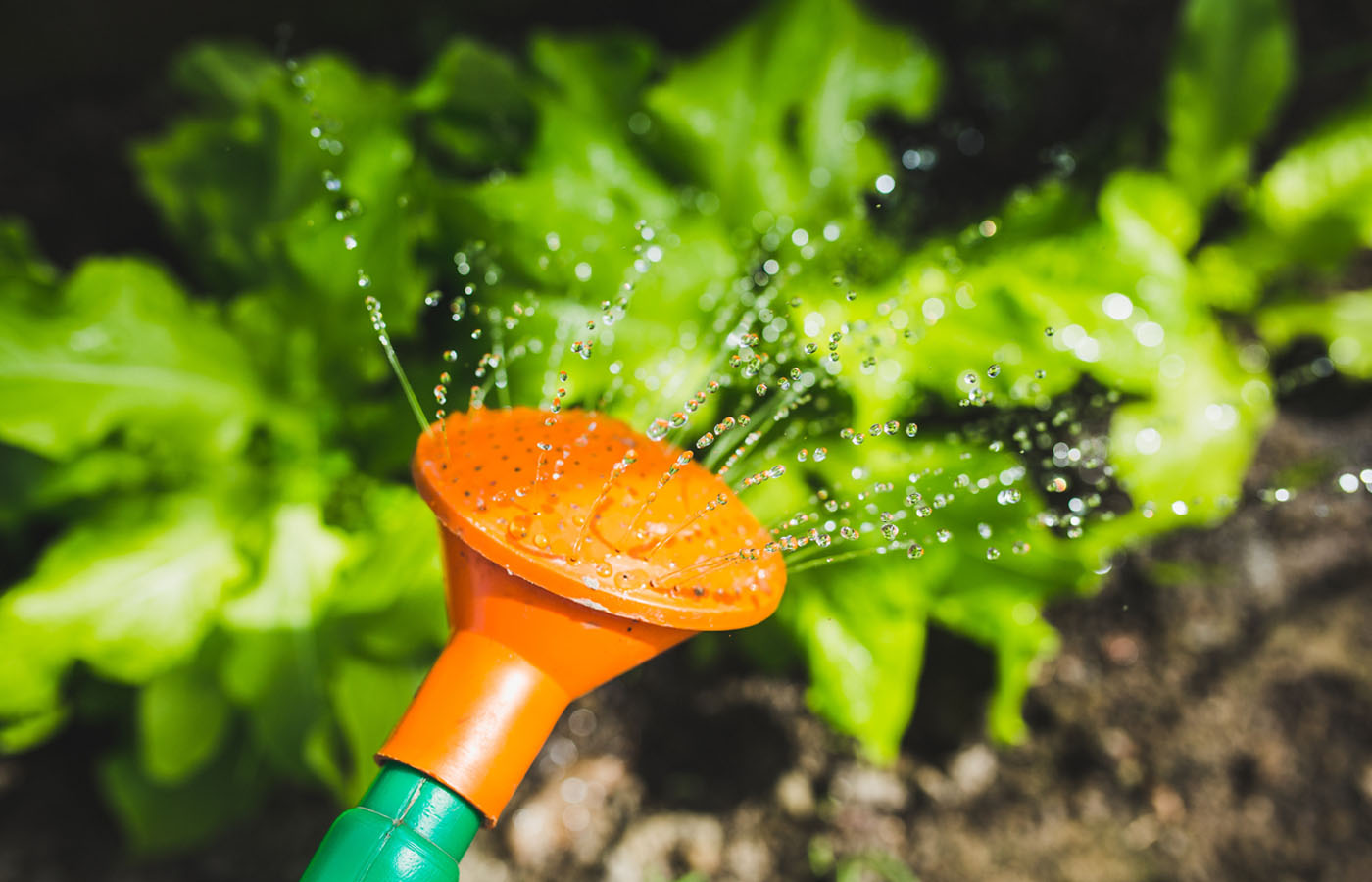
If you have a plate or catch under the pot to catch water and dirt, be sure to dump out the excess after a watering or a rain shower. The idea is to keep the roots and soil moist. If there’s too much moisture, a plant will probably develop root rot and suffer a tragic fate. Touch the soil with your finger tip, assess how it feels, if it’s dry then add some water, but if it’s wet, then it’s best to hold off for a while.



